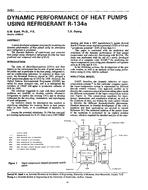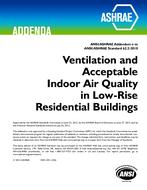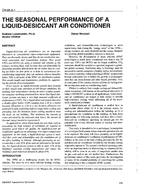This project has developed procedures to reduce the error in both heating and cooling energy consumption predictions of the TC 4.7 Simplified Energy Analysis Procedure (SEAP) due to: a. building mass; b. building aspect ratio; c. building glass area ratio; d. building internal loading; e. control throttling ranges; and f. thermostat set-back. Analysis of the problem showed that the errors in prediction were due to deficiencies in the SEAP treatment of solar gain and thermal mass. Consequently, a procedure has been developed which provides sensitivity to thermal mass and a new.method for calculating solar gain has been developed. In both cases, major effort has been devoted to developing procedures which are consistent with the approach and philosophy of the SEAP. The solar gain methodology retains the simplicity of the temperature dependent insolation incorporated in the original SEAP, but substantially improves its accuracy by incorporating information on the standard deviation of the hourly temperature. This methodology is explained in detail in Volume II of this report. The thermal mass treatment developed uses a lumped capacitance in a simple thermal network. All gains enter the mass node which is coupled to the zone temperature through an appropriate surface resistance. A simplified typical day gain profile is defined to incorporate the dynamic effects of gain variation. The zonal air temperature as obtained by the solution of differential equations forms the basis for the heating and cooling load calculations. The thermal mass treatment developed is presented in detail in Volume I of this report. The predictions of the modified SEAP incorporating the new solar gain calculations and the thermal mass treatment have been compared with the predictions of DOE-2 and of the original SEAP for 45 different building configurations in Albuquerque, Los Angeles, Washington, DC and Miami. Results of these comparisons, as presented in Volume I, show better agreement between the new SEAP and DOE-2 than the old method in about 80 percent of the cases examined.
Product Details
- Published:
- 1990
- Number of Pages:
- 228
- File Size:
- 1 file , 3.4 MB
- Product Code(s):
- D-RP-564


